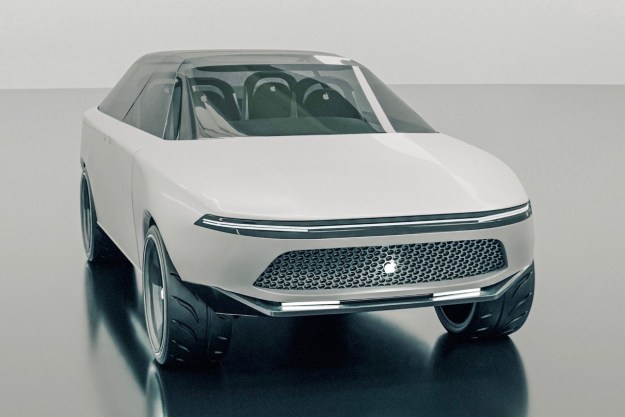According to a recent study carried out at the University of Illinois at Urbana-Champaign, having just 5 percent of cars on the road be autonomous vehicles could eliminate stop-and-go waves of traffic — and all the accident risk and fuel inefficiency that comes with it.
“We wondered what would happen if we tried to use the emerging connected and automated vehicle technologies at low penetration rates to influence the overall traffic flow,” Daniel Work, the assistant professor who served as lead researcher on the project, told Digital Trends. “We started by picking a very helpful experimental setup, inspired by experiments conducted by the Mathematical Society of Traffic Flow — famous in the transportation engineering community because it showed experimentally that ‘phantom’ traffic jams can be created entirely by human driving behavior. Based on those tests, we began to think about the possibility of an automated vehicle that could cancel the stop-and-go wave.”
In field experiments conducted in Tucson, Arizona, a single autonomous vehicle circled a track continuously along with more than 20 human-driven cars. While humans naturally create the dreaded phenomenon of stop-and-go traffic, researchers discovered that controlling the pace of the autonomous car had a major impact on overall traffic flow. The results of their experiment not only made traffic flow better, but also reduced overall fuel consumption by up to 40 percent.
“It is important to clarify that a single AV on a real roadway would only have local benefits in the lane of travel in the 20-car neighborhood behind the vehicle,” Work said. “To be effective, one needs a small number distributed in the flow in order to prevent the waves from re-appearing after the AV has passed through the roadway section. Lane changes are another area of interest [where] we need further modeling and testing, since they act as a trigger for stop-and-go waves, but also free up gaps in the departure lane that can be used to dampen waves. We will need to address this in our future work before we are ready to claim victory over phantom traffic jams.”
Still, it’s promising to know that all of us are likely to benefit from self-driving cars — and not just the rich few who will initially be able to afford them.
As Work points out, such effects can also come from adaptive cruise control (ACC) and cooperative adaptive cruise control (CACC) systems. “We don’t necessarily need a fully self-driving car to make this work,” he noted.
Editors' Recommendations
- Tesla Autopilot vs. full self-driving: What’s the difference?
- Dubai Police to deploy driverless patrol cars with AI smarts
- An autonomous car in San Francisco got stuck in wet concrete
- Autonomous cars confused by San Francisco’s fog
- Is Tesla Full Self-Driving worth it?


